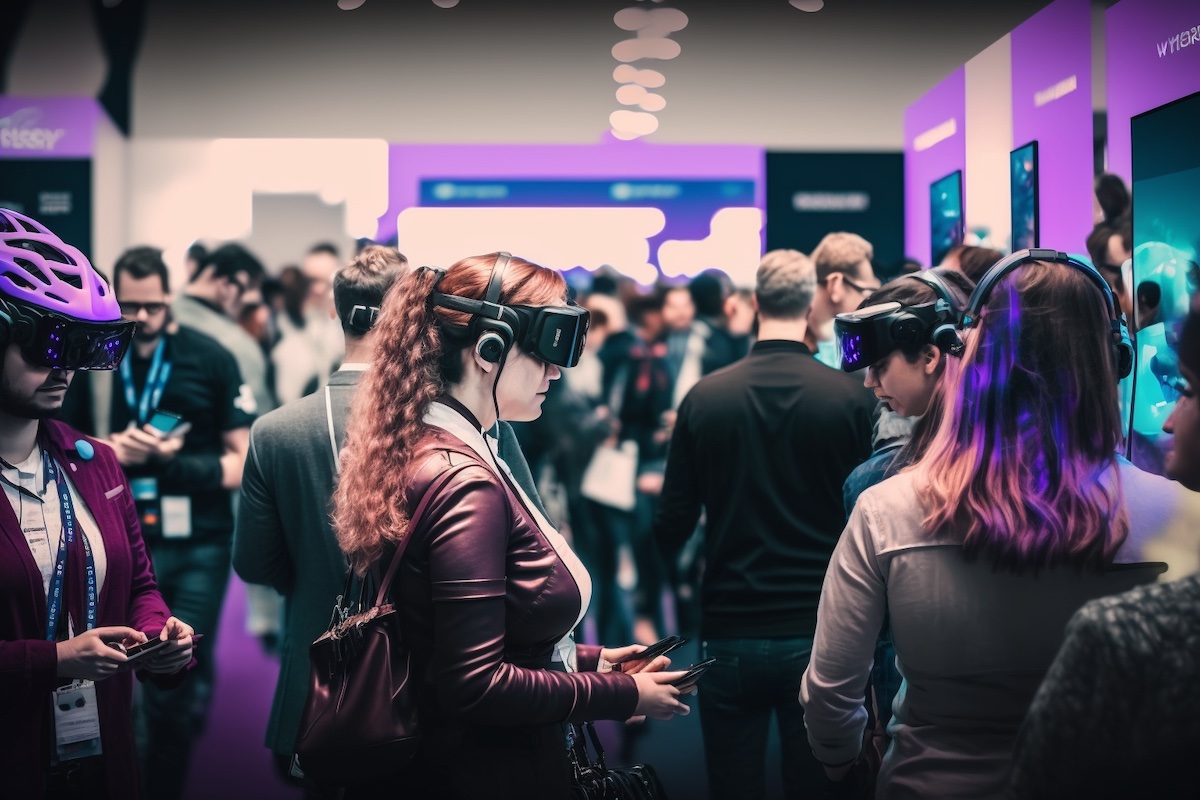Skift Take
Despite evidence that attendees today have different priorities, business events have largely returned to the same formats as before the Covid pandemic. As organizers look to adapt to a new reality, industry leaders share their thoughts on the trade shows of the future.
The Covid pandemic has had a profound impact on the meetings industry. Trade shows have largely returned to the same formats as before 2020, despite evidence that attendees have different priorities. Trade show companies are confident of a full recovery. Despite the challenges, trade show attendance figures steadily increase across the board.
As organizers adapt to a new reality, the industry is looking to reimagine and optimize trade shows and all their components. In addition, there is a focus on attracting new audiences who may prefer something other than the current formats used for business events. As we look ahead, industry leaders share their thoughts on the future of trade shows.
Conversations Take Priority
Kai Hattendorf, CEO of UFI, predicts that the future of trade shows will be “less about presenting products and more about facilitating conversation.” As a result, Hattendorf expects the show floor to be “communication driven” and feature “a more intimate experience.” He also believes that new disruptive technologies, such as virtual or augmented reality, will enhance the digital trade show experience.
“It will have an element of augmentation that adds a different layer and additional layer of services, values, experiences,” said Hattendorf. “But it will remain driven by people wanting to spend time with other people.”
Regarding the technology driving the trade show experience, Hattendorf believes “we’re probably at the end of the evolution of what you can do with a pocket computer that is driven by a big screen, an iPhone or a smartphone” and that a new piece of technology, such as virtual reality goggles, may replace the smartphone as the primary device used at trade shows. He concludes that this new technology will drive “the value of the event onwards and upwards.”
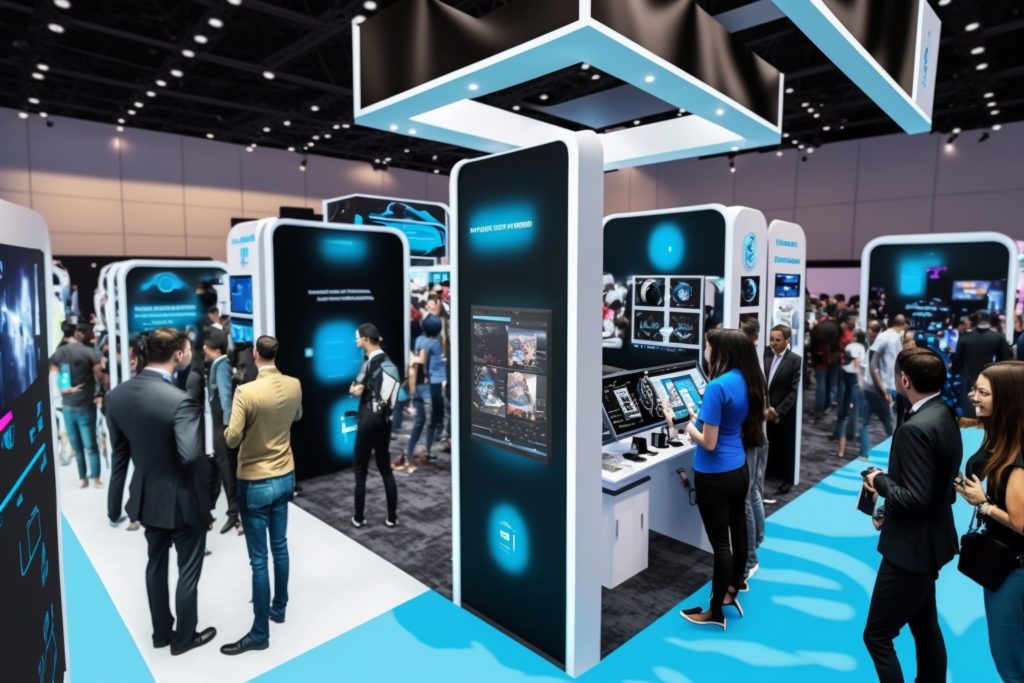
Optimization Required
Cassandra Farrington, chair of the Society of Independent Show Organizers (SISO), sees the change in working habits as having a major on trade show participation. Attendees will be more selective in the events they attend and will demand technology-enabled experiences to maximize their time. “Attendees want to maximize the value of their time at a show, whether their goal is to get in and out of town, to cover a large show floor effectively, or return as soon as possible to the networking scene at the hotel bar. The more technology an organizer can provide to enable these goals, the higher the satisfaction of the attendees,” said Farrington.
Exhibitors and sponsors will also shift their approach, demanding more proof of value from show producers. So while some shows will lose out, on the whole, organizers will benefit from better technology integration. “The good news is the show producer will be able to leverage the data […] to further improve the exhibitor ROI and attendee satisfaction,” said Farrington.
The possibility of an online component, including the metaverse, is also up for discussion. “I think it’s unlikely that the metaverse as it’s currently conceptualized will completely disrupt live trade show events,” said Farrington. Human energy and interaction of an actual face-to-face event cannot be replicated and will always be in demand.
For Farrington, sustainability is more and more of a concern to the whole industry. “The drive by major show organizers to improve sustainability has had a small impact as of yet, but the snowball is definitely rolling down the hill and gaining momentum,” she said.
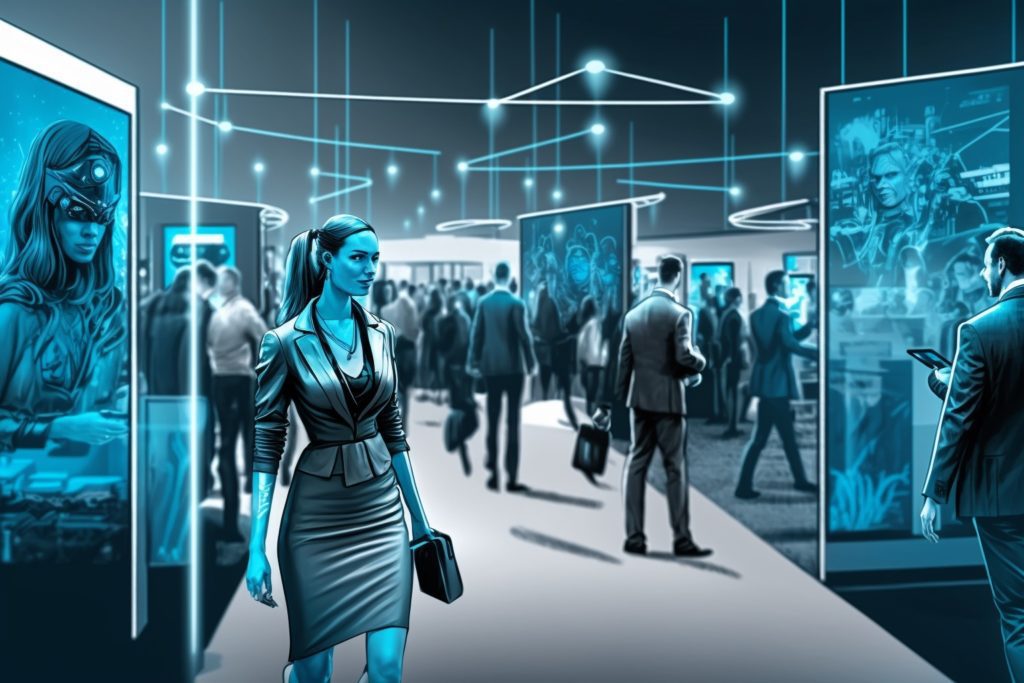
Smaller Venues and Lasting Relationships
Large convention centers may be a thing of the past. According to David DuBois, President and CEO of the International Association of Exhibitions and Events (IAEE), future venues may be smaller because many events have become smaller and more regional in scope. This may also make trade shows more personal and engaging, something DuBois sees as a clear step forward. “Attendees are expecting enhanced engagement and consultation offerings that will attract them to attend an in-person event,” he said.
“Just relying on a few days of in-person interactions is not good enough as the pre and during and post interactions assist the enhancement of the overall levels of satisfaction,” said DuBois. He encourages trade show organizers to think beyond the show days and continuously nurture relationships between all stakeholders.
Sustainability is also clearly part of DuBois’ vision of the future of trade shows. He believes the global industry has and will continue to embrace sustainability. He already sees individuals and companies making decisions about whether or not to participate based on sustainability.
For DuBois, technology, and sustainability will play a crucial role in shaping the future. As the demand for digital engagement continues to grow, global venues will enhance their technological capabilities.
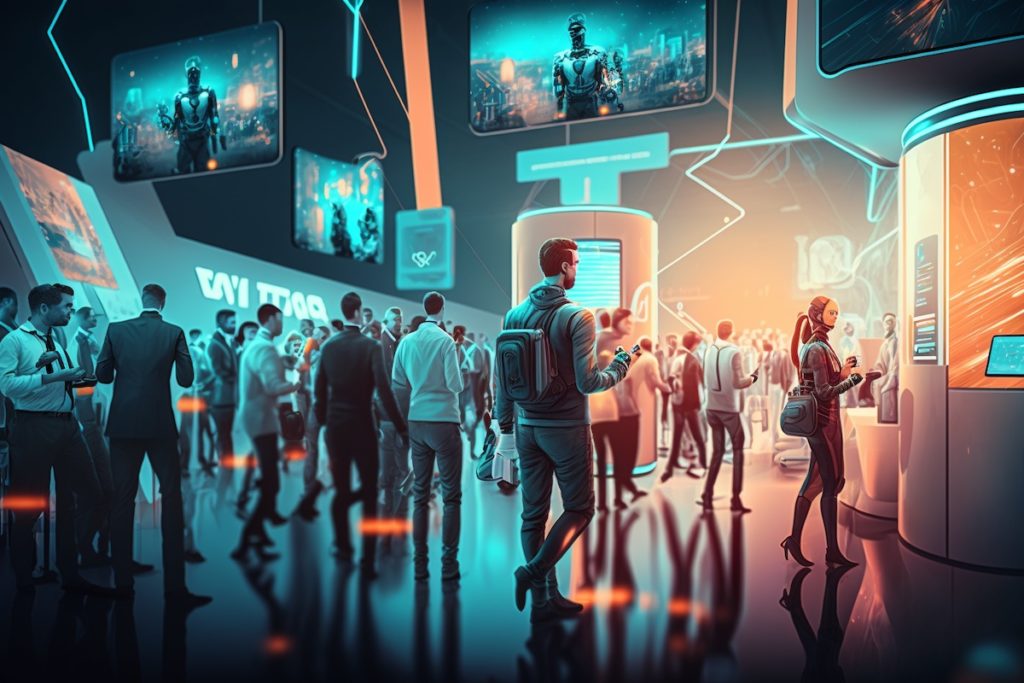
Flexibility and Personalization
According to Carina Bauer, CEO of the IMEX Group, flexibility and personalization will be critical drivers for future trade shows. The impact of a dispersed workforce has made attendees more selective. At the same time, technology connecting exhibitors and attendees will grow in importance, enabling attendees to maximize their time onsite. “Technology should always be the enabler to creating better, more efficient, or more purposeful experiences,” she said.
“The blending of work life and personal life will continue to the point where there’s no longer a distinction. Attendees want to ‘bring their whole selves’ to an event and expect to be able to personalize their event experience and tap into their own lifestyle needs,” said Bauer.
She expects that exhibitors and sponsors will continue to focus on interactive and eye-catching booths with a completely branded experience. Furthermore, exhibitors will create “purposeful activations” that connect with their brand values. Many will do so by experientially showcasing sustainability initiatives.
Organizers also need to be mindful of the work needs of attendees. “Organizers can no longer expect attendees to fully switch off from the office while they’re onsite at events,” said Bauer. Free, fast Wi-Fi and charging stations will be essential to all trade shows.
Bauer expects the importance of engaging with attendees throughout the year to grow. Online will help to provide regular touchpoints; however, in-person events will remain vital.
“We’re way past the stage of simply acknowledging the importance of sustainability,” said Bauer. IMEX is among the organizations committed to measurable carbon reduction targets via the Net Zero Carbon Events initiative. “The key to continuing this practical, measurable approach is for event organizers to foster close working relationships with their venue, host city, local community and suppliers – to ensure sustainability is front and centre of their shows,” she added.
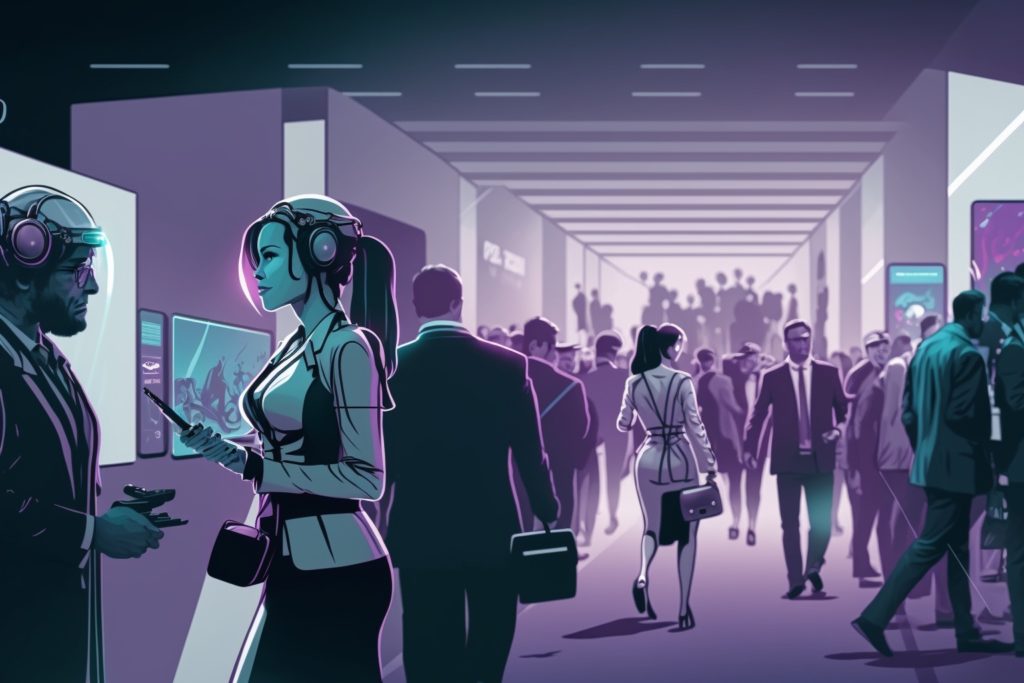
Smaller, More Regional Events
“Smaller, more regional events bode well for 2nd and 3rd tier destinations,” says Cathy Breden, CEO of the Center for Exhibition Industry Research (CEIR). Of course, big shows require large venues. Still, the venues being built, renovated, and expanded within central business districts are more flexible and technologically advanced.
Attendee expectations have been shifting for some time as digital natives, like Gen Z, enter the workforce. “Gen Z and professionals in preceding generations engage in omnichannel activities in their personal lives. They want access to what they want when they want it,” said Breden. However, organizers should not underplay the value of face-to-face interaction, as it has not changed over the years.
Marketers increasingly use omnichannel marketing tactics, and organizers must consider expanding their offerings accordingly, which impacts how marketers approach trade shows. “Corporate marketers are discerning in their spend. Sales staff need to adopt a consultative selling approach to assure that what they offer prospects aligns with their end goal needs,” said Breden.
Breden stresses the importance of organizers preparing for digital transformation by shoring up their technology infrastructure. However, Breden firmly believes that “people want to meet in person.” CEIR research suggests that attendees have changed their behavior during the pandemic but that digital offerings are better suited to complementing in-person trade shows.
On sustainability, Breden says trade shows are finally addressing waste reduction and expects this to continue to evolve. Organizers must demonstrate their commitment to sustainability and can start by considering the Event Industry Council’s Sustainable Event Standards.
Photo credit: Image source / Midjourney
